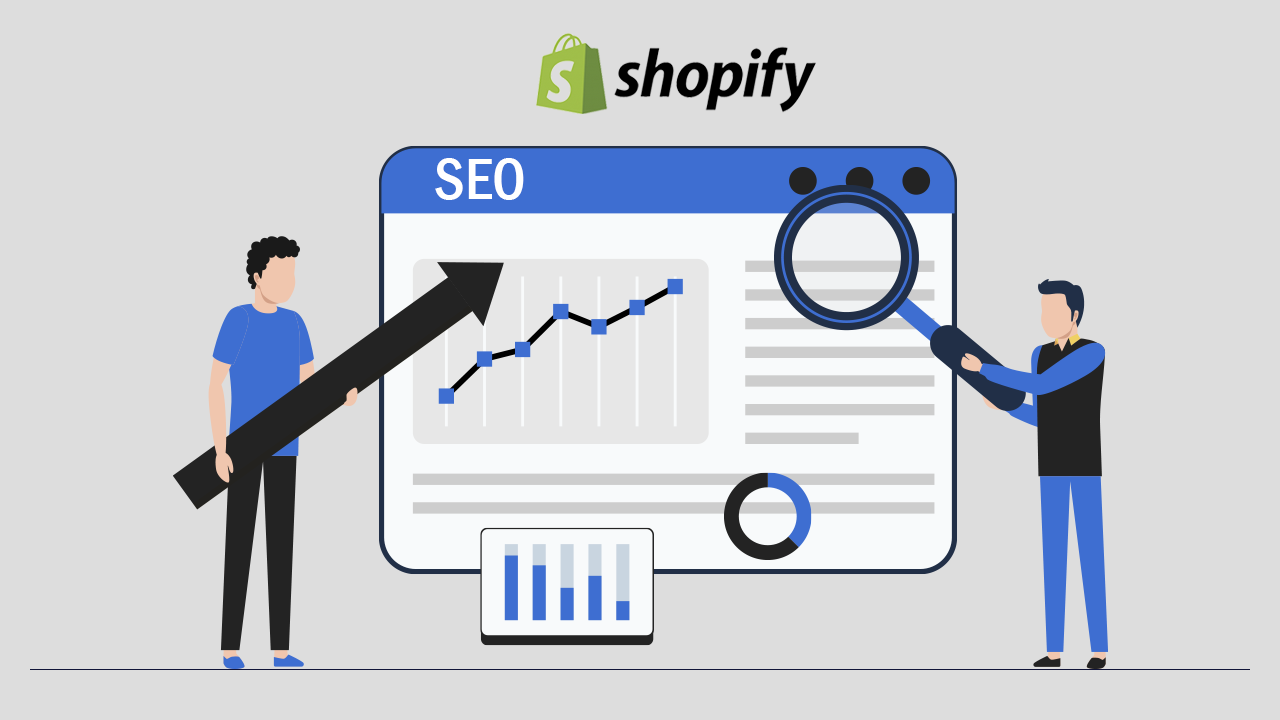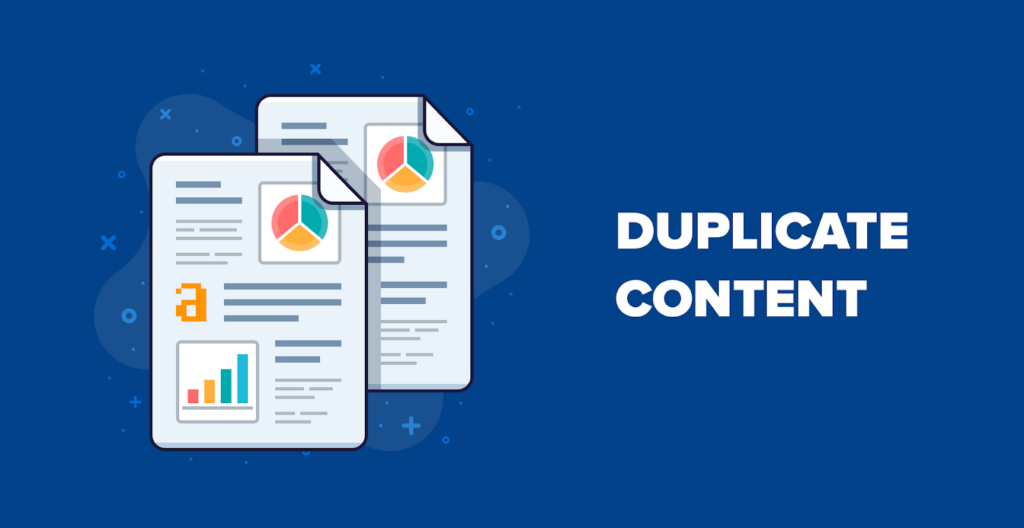
Increasing your website’s visibility in SERPs can bring you more visitors and potential customers; this is the goal of Shopify SEO. This approach comprises a wide range of tactics designed to improve your website’s user experience and attract qualified visitors.
Shopify stores may benefit greatly from SEO.
In the next section of this Shopify SEO tutorial, we will examine the returns on your Shopify SEO dollars. Perhaps you are having trouble seeing the value in this purchase for your company. There are three main reasons why seo service is important for Shopify:
Best Way to Practice Shopify SEO
Add a search engine optimisation app to your Shopify store.
Integrating an SEO software is one of the finest methods to improve Shopify stores’ search engine optimisation. By facilitating the execution of fundamental SEO tasks, SEO applications improve a website’s visibility in search engine results.
Make sure to choose appropriate keywords while customising your Shopify site
Keyword research is an essential part of our Shopify SEO tutorial. Keywords are the phrases that people type into a search engine to locate your site. Without properly optimising your website for relevant phrases, you risk losing out on potential customers.

In order to get your website at the top of relevant search results, you need to do some keyword research. Use KeywordsFX or another keyword research tool to find relevant phrases to use on your site.
Long-tail keywords are the subject of most successful keyword research. Examples of three-word search terms are “21oz pink tumbler cup” and “pool excavation business.”
Since the target audience for long-tail keywords is narrower, you may be confident that they are interested in purchasing your wares. It’s an excellent strategy for attracting targeted visitors to your site.
Reduce the time it takes for your site to load.
Did you know that every year, businesses lose over $2.6 billion in revenue due to slow-loading websites? Website visitors will leave if they have to wait more than a few seconds for content, images, or contact details. The happiness of your website’s visitors depends on how quickly your site loads.
That’s why we’ll move on to discussing how to speed up your website’s load time as the following point on this list of Shopify SEO advice. Making your site faster to load can keep your clients interested in it, increasing the likelihood that they will buy from you.
Given that you must rely on Shopify’s servers and pre-made layouts, this is a challenging process. You may use the following measures to boost your Shopify SEO:
Disable unused Shopify add-ons: There are a plethora of Shopify applications that may be integrated into the site’s development process to provide the functionality you want. If you have a lot of applications installed and don’t utilise all of them, it’s time to cull the fat.
Make sure you use typefaces that are compatible with the web. While using unique and interesting typefaces might add a touch of style to a website, it can also slow it down significantly. Use only web-safe fonts to keep your site’s load time to a minimum.
Boost the quality of your website by compressing the photos you use. Your site’s load time may increase with large picture files. To lessen the load time of your images, use a compression service like io.
If you can reduce the time it takes for your website to load, you will provide a better experience for your visitors. Customers will spend more time on your Shopify store, increasing your chances of making a transaction to them.

Incorporate internal connections onto your website
Making use of internal links is an important part of Search Engine Optimization for your Shopify store. Internal links are hyperlinks that go to other pages on your site that are hosted on the same domain.
One of the most important aspects of Shopify SEO is internal linking, since it increases the likelihood that Google will index your site’s pages. Having Google crawl and index your site’s pages improves their visibility in search results.
Link to related articles wherever possible in your writing. Do not attempt to manipulate page rankings through the use of artificially created internal links. Anchor text should seem natural and give a sense of the content that will be accessed through the link.
If you write a blog article on camping necessities and discuss tents, you may include a link to another blog post about selecting the finest tent.
If you want to increase the number of visitors to your site, one strategy is to increase the number of internal links inside it.
Get Rid of Repetitive Content
In the early stages of website development, you likely update new pages often to increase your domain name’s severability and your site’s overall page rank. Duplicate content occurs when two or more pages have a high degree of similarity yet are located at distinct URLs.
Because it confuses search engines, duplicate content is bad for your Shopify site’s rankings. Google can’t tell which of two pages contains virtually identical content to rank higher.

Because you’re competing with yourself, you won’t have much luck getting those pages to rank well for the keywords you want.
The problem of duplicating content is easily solved, thankfully. You may tell Google which page should be considered the “primary” one by including a canonical tag. That manner, all of your content’s readers and links may be concentrated on a single page, improving its search engine rankings.
The right page ranking may be achieved by including a canonical tag.
Titles and descriptions should be fine-tuned.
The next step in this Shopify SEO guide is to fine-tune the site’s title tags and meta descriptions. When consumers do a search for relevant listings, these two elements are shown.
Tumbler cup’s title and meta description in Google search results.
Both the title tag and meta description play a significant role in attracting customers to your website. If people aren’t enticed to click on your listing by these tags, they’ll go to a rival instead.
Maximize the effectiveness of your URLs
The next step in our Shopify SEO guide is to fine-tune your URL structure. Both human visitors and bots navigating your site rely heavily on the structure and organisation of your URLs to find their way around.
Site visitors (and search engines) won’t be able to find their way around if your URL structure looks like this: www.books.com/rdaja-ttt/39595.
A more appropriate URL would read something like this: www.cups.com/tumbler-cups/pink-tumbler-cup. It makes it simple to find your way around the site. In addition, it employs phrases like “pink tumbler cup” to assist Google understand the content of your page.

Organize your Shopify store better
Creating a satisfying shopping experience for your Shopify customers is essential for increasing your search engine rankings. In the event that visitors to your website have difficulties locating certain information, they are likely to look elsewhere. That’s why it’s crucial to organise your website in a way that compels them to buy from your company.
Developing a well-organized menu structure is one solution. You should structure your navigation with wide headers and subheadings. Facilitate quick navigation so that visitors may get the information they’re seeking and stay on your site.
Additionally, it is important to add essential sites such as your about us page and a contact us page so that visitors can learn about your company and get in touch with you if they have any questions. Your website would benefit from a search feature so that visitors can easily find the information they’re looking for.
If you choose Shopify as your platform of choice, you can customise your site in a variety of ways to make it more accessible to your target audience.
Provide Shopify Bundles
Provide product collections as the final piece of our Shopify SEO advice is to hire Professional SEO services. Customers will appreciate your efforts to streamline their shopping experience by grouping similar products into collections.
These aggregations contribute to both improved UX and better indexing by search engines. Shopify Collections, with their accompanying descriptions and keyword connections, provide your product listings with much-needed context. This method improves your page’s semantic comprehension and its relevance to search engines.
You may use Shopify’s interface to manually group goods together, or you can set up automated generation to establish a Collection.
P1 SEO Services
We are P1 SEO agency with professional SEO services and a strategic understanding of everything you may possibly need to drive organic traffic for your website and a successful SEO campaign. There is no business in this present time that don’t need digital marketing agency, search engine marketing, or SEO agencies support for an effective SEO strategy.
The extensive background of our SEO agency Australia gives us confidence that your website will thrive under our SEO company expert guidance. We can detail a variety of social media strategies that will increase your site’s traffic.
When you’ve decided on a plan for search engine optimisation services, our staff will go to work on it in accordance with the parameters of that plan. More than that, we think creatively about how to address any issues raised by our customers.
We also provide advice on the best SEO cost that suit your budget and local SEO advices on how to organise your website so that it ranks highly in search engine results, including things like link building, on-page SEO, technical SEO, and any other measures you may need to take.
No SEO companies or SEO specialists do it better than we do.
